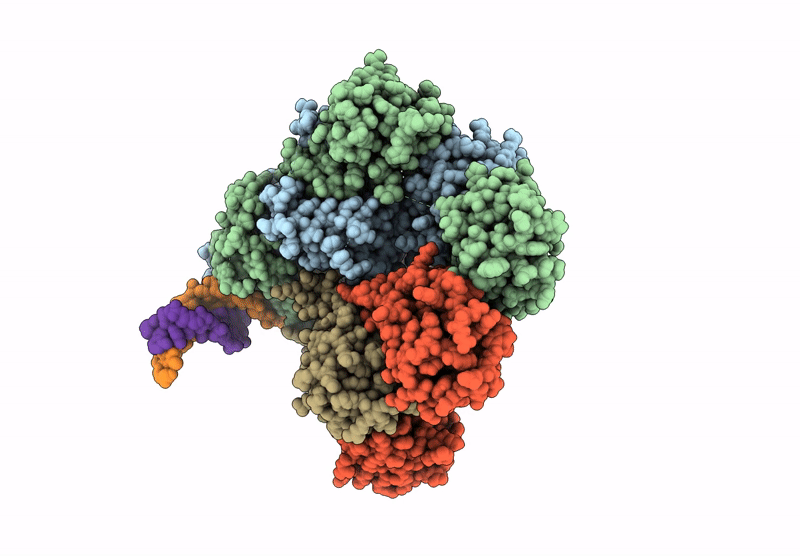
Deposition Date
2025-04-30
Release Date
2025-06-11
Last Version Date
2025-08-27
Entry Detail
PDB ID:
9OFU
Keywords:
Title:
Dimer of HIF-1a-ARNT Heterodimers Complexed on 52-bp HRE/HAS
Biological Source:
Source Organism:
Homo sapiens (Taxon ID: 9606)
Host Organism:
Method Details:
Experimental Method:
Resolution:
3.90 Å
Aggregation State:
PARTICLE
Reconstruction Method:
SINGLE PARTICLE


